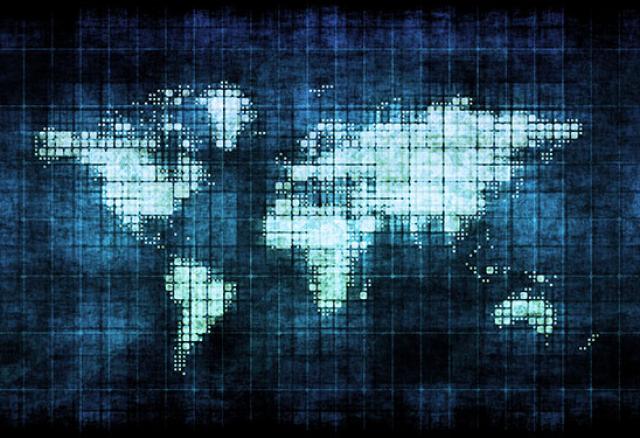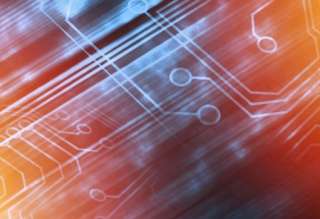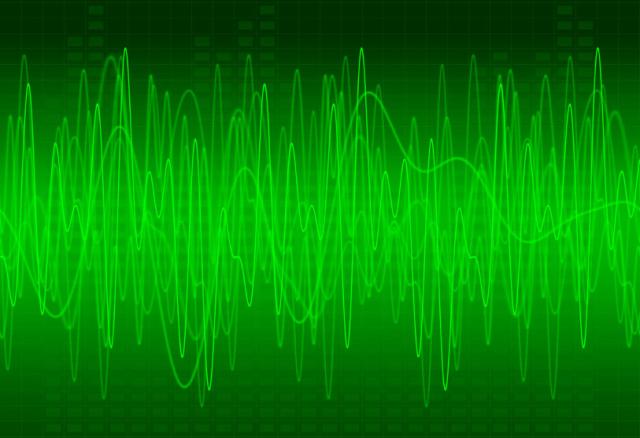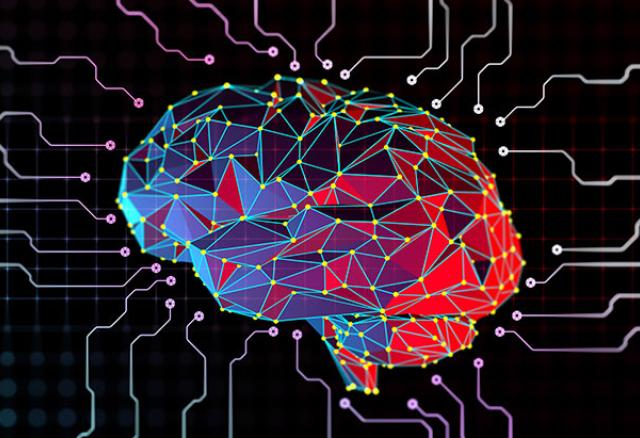The Year of Living Dangerously
I am writing this column on the first official day of spring while “sheltering in place” in Northern California. In these uncertain times, we are all experiencing the anxiety that comes from an unpredictable situation that we do not control; the shock of seeing, perhaps for the first time, all of the shelves in grocery stores empty; and the stress of working, living, and sleeping in the same place.






